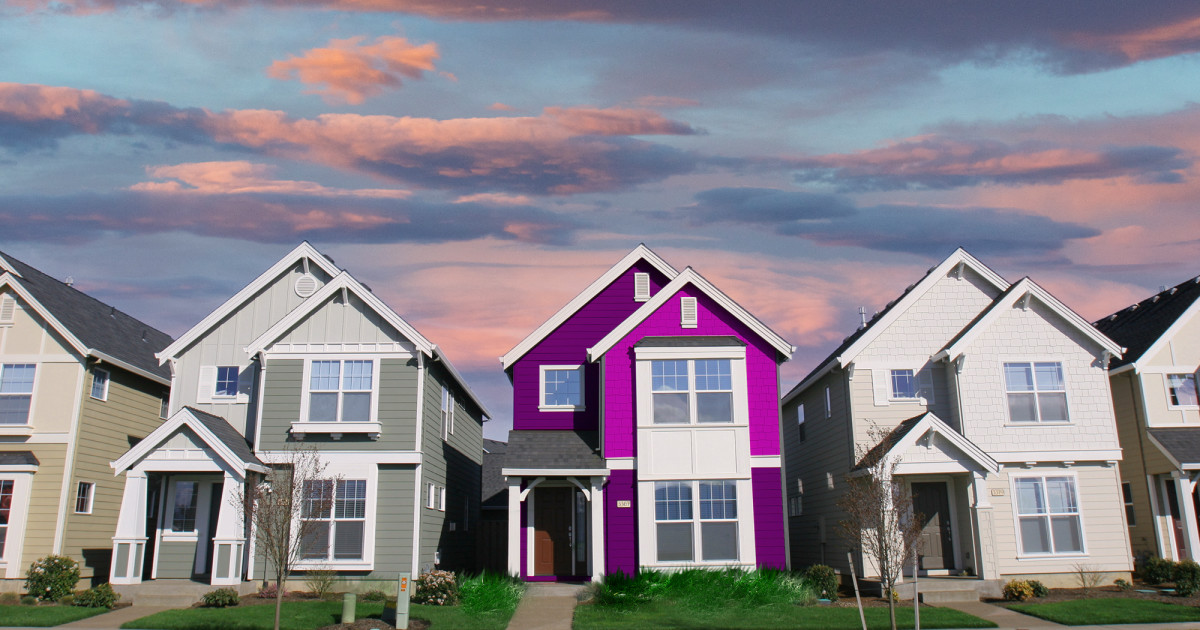HOAs vs Condominium Associations: A Comparative Analysis
Introduction:
HOAs and Condominium associations are frequently mentioned together, but they are distinct entities with separate functions. Although both cater to homeowners and share common responsibilities, the key distinction lies in the type of property ownership – whether it be a condo, flat, or entire house. In this article, we will explore the fundamental disparities between condominium associations and HOAs.
Condominium Associations (Cando)
A condo association, commonly known as a condominium association, consists of owners or tenants residing in an apartment building that is divided into separate units. The association members collectively possess and manage the shared or common areas within the building. Typically, residents of the apartment block are encouraged to participate in the association’s operations. However, in larger buildings, a volunteer board of directors is often elected to oversee the community’s management, assuming the associated responsibilities and authority.
Shared resources that are equally owned by all residents are classified as General Common Elements. These may include hallways, roofs, elevators, pools, and other amenities. On the other hand, Limited Common Elements encompass portions of an apartment that are either privately owned or shared among a few units, such as semi-private balconies, specific patios, or access to a shared roof terrace.
Determining the financial contributions required to maintain the communal areas, as well as deciding which expenses should be borne by specific unit owners, is the responsibility of the elected board. The amount paid by each member is based on their ownership percentage of the land, with larger condos paying a higher proportion of the expenses.

Homeowners Associations (HOA)

HOA members typically consist of homeowners in planned development residences. In such developments, property developers acquire extensive parcels of land, divide them into smaller lots, and construct the necessary infrastructure and roads to establish a thriving community. These lots serve as individual subdivisions where homeowners can build their desired homes, either by themselves or with the assistance of the property developers.
In contrast to a Condo Association, the primary objective of an HOA is to ensure the proper maintenance of common areas and community amenities. These common areas are owned by either the property developer or the HOA itself. Consequently, the association bears the responsibility of upkeeping these shared spaces on behalf of the homeowners residing within the development. Homeowners are still obligated to pay fees, typically associated with their specific plot of land or house. Failure to fulfill these fees may result in penalties, including the loss of voting rights.
Essentially, the primary distinction between the majority of HOAs and condo associations lies in the type of properties they encompass. Condo associations are responsible for managing condominiums, which are typically apartments, whereas HOAs are responsible for overseeing houses. Despite this variation, both associations operate as democratic entities and are thus required to hold elections.

